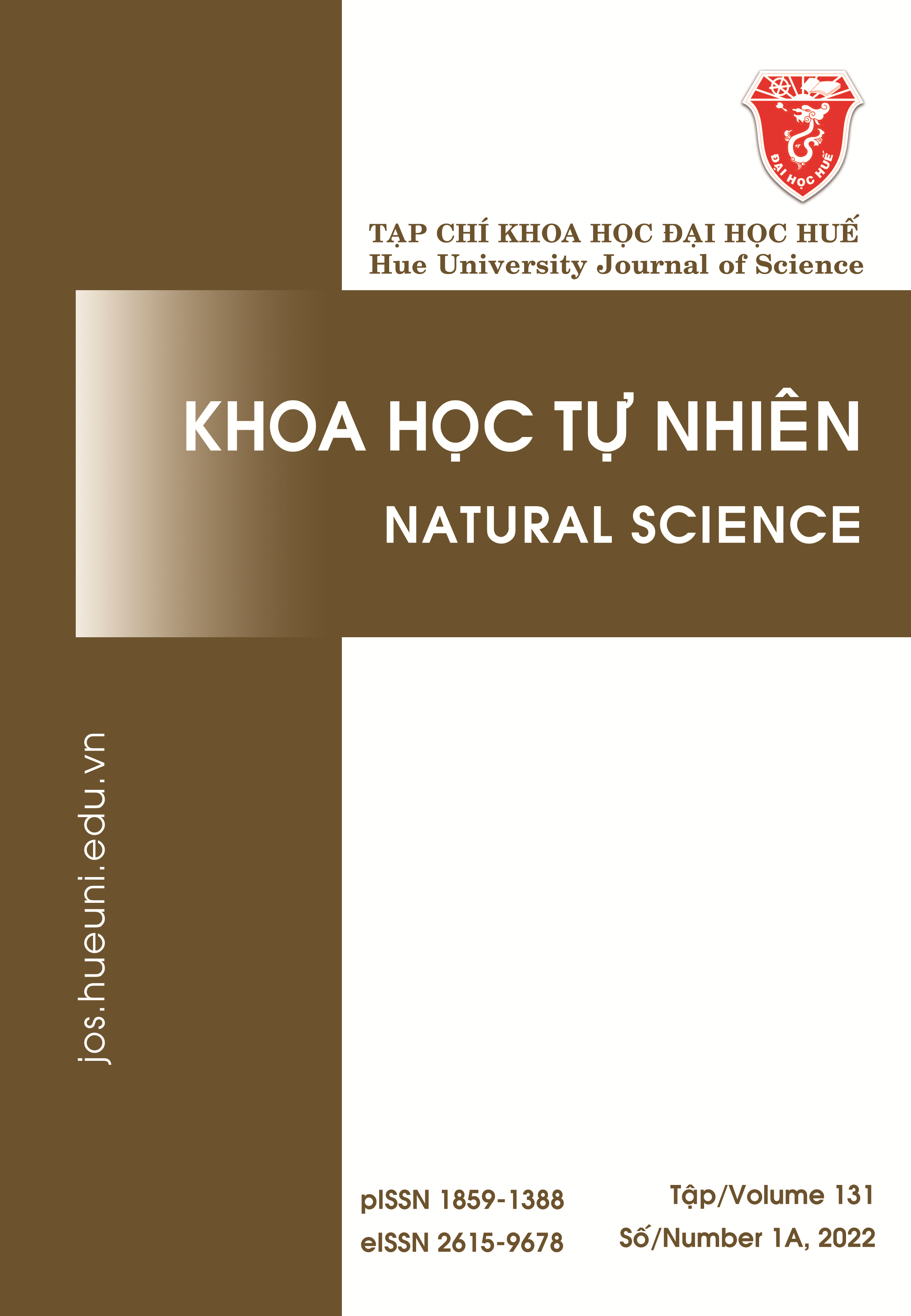Abstract
SWEET (Sugars Will Eventually be Exported Transporter) is one of the essential protein families transporting sugar in plants. In this study, 20 genes encoding the SWEET proteins were identified from the grain aramanth (Amaranthus hypochondriacus L.) genome and analyzed. The genomic full-length of these genes ranges from 729 to 9324 nucleotides, most of which have four or five introns. The predicted proteins have 226 to 311 amino acids and possess six or seven conserved transmembrane helix regions. Most of these proteins are alkaline, with pI 8.08–9.73. Analysing the phylogeny, we can classify SWEETs of Amaranthus hypochondriacus L. (AhSWEET) into four groups: group I (three genes), group II (seven genes), group III (eight genes), and group IV (two genes). These genes are not equally distributed in the grain aramanth genome. Ten gene duplication events were detected, forming the duplicated SWEET gene pairs, including nine WD events. The duplicated gene pairs are affected by the purifying selection. which stabilizes the coding sequences of these genes. This result is a basis for further studies, such as gene function or genetic modification using SWEET genes.
References
- D’Amico S, Schoenlechner R. Chapter 6 - Amaranth: Its Unique Nutritional and Health-Promoting Attributes. In: Taylor JRN, Awika JM, editors. Gluten-Free Ancient Grains: Woodhead Publishing; 2017. p. 131-59.
- Arendt EK, Zannini E. 13 - Amaranth. In: Arendt EK, Zannini E, editors. Cereal Grains for the Food and Beverage Industries: Woodhead Publishing; 2013. p. 439-73.
- Lightfoot DJ, Jarvis DE, Ramaraj T, Lee R, Jellen EN, Maughan PJ. Single-molecule sequencing and Hi-C-based proximity-guided assembly of amaranth (Amaranthus hypochondriacus) chromosomes provide insights into genome evolution. BMC Biol. 2017;15(1):74.
- Clouse JW, Adhikary D, Page JT, Ramaraj T, Deyholos MK, Udall JA, et al. The Amaranth Genome: Genome, Transcriptome, and Physical Map Assembly. Plant Genome. 2016;9(1).
- Jeena GS, Kumar S, Shukla RK. Structure, evolution and diverse physiological roles of SWEET sugar transporters in plants. Plant Mol Biol. 2019;100(4-5):351-65.
- Chen LQ, Hou BH, Lalonde S, Takanaga H, Hartung ML, Qu XQ, et al. Sugar transporters for intercellular exchange and nutrition of pathogens. Nature. 2010;468(7323):527-32.
- Yuan M, Wang S. Rice MtN3/saliva/SWEET family genes and their homologs in cellular organisms. Mol Plant. 2013;6(3):665-74.
- Bang CP, Dinh NV, Huyen TTT, Man LT, Duong VX. In silico characterisation of genes encoding SWEET protein in cocoa (Theobroma cacao L.). The 4th National Scientific Conference on Biological research and Teaching in Vietnam; Vinh Phuc, Vietnam: Publishing house of Natural Sciences and Technology; 2020. p. 408-15.
- Li X, Si W, Qin Q, Wu H, Jiang H. Deciphering evolutionary dynamics of SWEET genes in diverse plant lineages. Scientific Reports. 2018;8(1):13440.
- Argout X, Salse J, Aury JM, Guiltinan MJ, Droc G, Gouzy J, et al. The genome of Theobroma cacao. Nat Genet. 2011;43(2):101-8.
- Altschul SF, Gish W, Miller W, Myers EW, Lipman DJ. Basic local alignment search tool. J Mol Biol. 1990;215(3):403-10.
- Gasteiger E, Hoogland C, Gattiker A, Wilkins MR, Appel RD, Bairoch A. Protein identification and analysis tools on the ExPASy server. The proteomics protocols handbook: Springer; 2005. p. 571-607.
- Guo AY, Zhu QH, Chen X, Luo JC. [GSDS: a gene structure display server]. Yi Chuan. 2007;29(8):1023-6.
- Krogh A, Larsson B, Von Heijne G, Sonnhammer ELL. Predicting transmembrane protein topology with a hidden Markov model: application to complete genomes. Journal of molecular biology. 2001;305(3):567-80.
- Briesemeister S, Rahnenfuhrer J, Kohlbacher O. YLoc--an interpretable web server for predicting subcellular localization. Nucleic Acids Res. 2010;38(Web Server issue):W497-502.
- Voorrips RE. MapChart: Software for the Graphical Presentation of Linkage Maps and QTLs. Journal of Heredity. 2002;93(1):77-8.
- Katoh K, Standley DM. MAFFT multiple sequence alignment software version 7: improvements in performance and usability. Mol Biol Evol. 2013;30(4):772-80.
- Kumar S, Stecher G, Li M, Knyaz C, Tamura K. MEGA X: Molecular Evolutionary Genetics Analysis across Computing Platforms. Mol Biol Evol. 2018;35(6):1547-9.
- Hà CĐ, Quỳnh PT, Thu PTL, Cương NV, Dũng LT. Xác định họ gen mã hóa protein vận chuyển Sweet trên cây sắn (Manihot esculenta Crantz). Tạp chí Khoa học Trường Đại học Sư phạm Hà Nội. 2018;63 (3):140-9.

This work is licensed under a Creative Commons Attribution-ShareAlike 4.0 International License.
Copyright (c) 2021 Array




